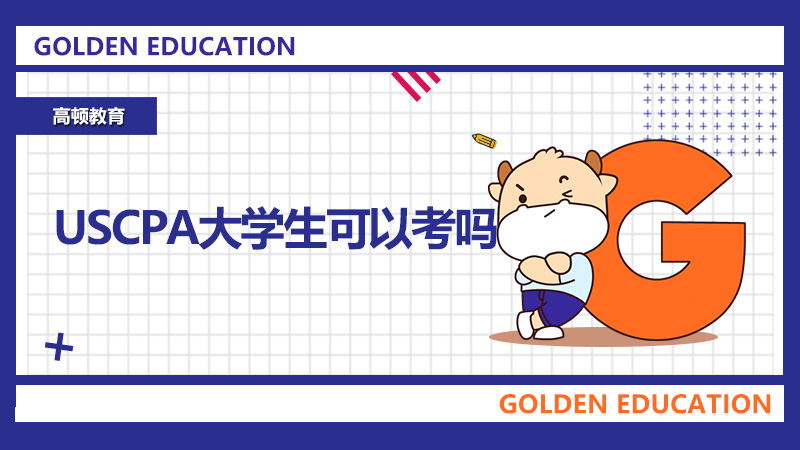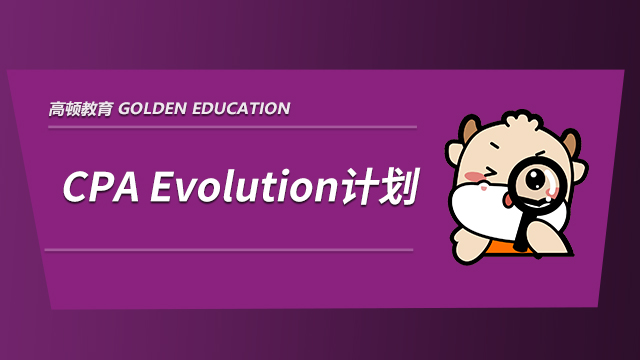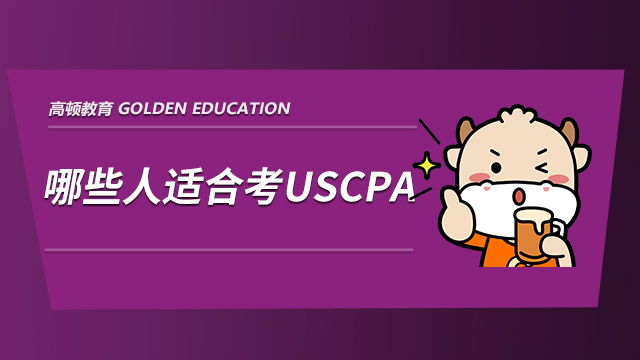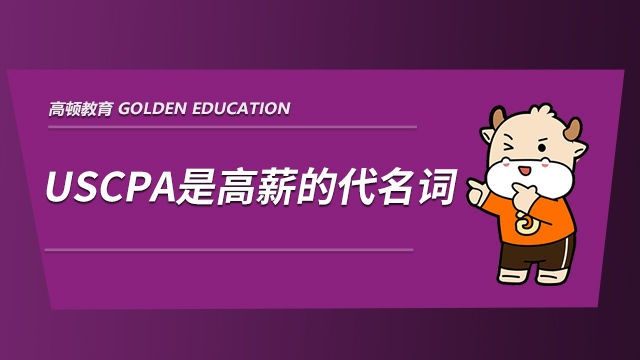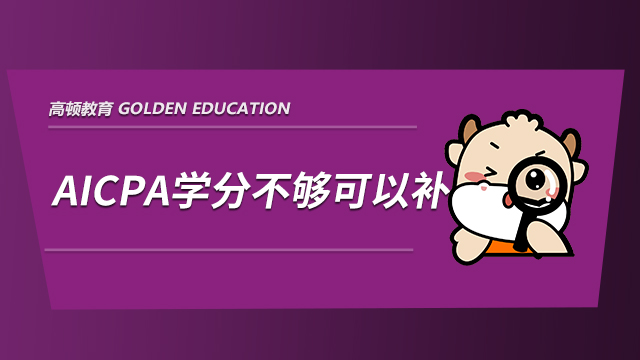Other health care reform guidance issued
来源:
高顿网校
2014-11-26
The IRS released a package of guidance on 2010’s health care reform legislation, finalizing proposed regulations on minimum essential coverage (T.D. 9705), identifying the hardship exemptions from the Sec. 5000A individual shared-responsibility penalty for which individuals are not required to provide exemption certificates (Notice 2014-76), and providing indexing adjustments for certain calculations under the Sec. 36B premium tax credit and Sec. 5000A (Rev. Proc. 2014-62).
Minimum essential coverage regs.
Under Sec. 5000A, starting in 2014, a taxpayer is liable for a shared-responsibility payment if the taxpayer or any nonexempt individual whom the taxpayer may claim as a dependent for a tax year does not have minimum essential health care coverage in a month included in that tax year.
The regulations on minimum essential coverage issued Friday finalize regulations proposed in January (REG-141036-13; see earlier coverage here), with a few changes in response to comments.
The first change is to the definition of minimum essential coverage for medically needy individuals under Medicaid, which is defined as coverage offered to individuals with high medical expenses who would be eligible for Medicaid but for their income level. This type of coverage generally does not qualify as minimum essential coverage. Commenters agreed that Medicaid coverage for medically needy individuals that is not comprehensive should not be minimum essential coverage. The final regulations retain the rule in the proposed regulations that Medicaid coverage for medically needy individuals is not government-sponsored minimum essential coverage under Sec. 5000A(f)(1)(A). In some circumstances, however, Department of Health and Human Services (HHS) will recognize Medicaid coverage for medically needy individuals as minimum essential coverage (see HHS guidance).
The proposed regulations asked for comments about how amounts paid as part of a cafeteria plan should be considered in determining whether coverage is affordable for purposes of Sec. 5000A. In response to those comments, the final regulations provide that, for purposes of determining the affordability of coverage, the required contribution is reduced by any contributions made by an employer under a Sec. 125 cafeteria plan that (1) may not be taken as a taxable benefit; (2) may be used to pay for minimum essential coverage; and (3) may be used only to pay for medical care as defined in Sec. 213.
The proposed regulations treated health reimbursement arrangement (HRA) amounts that were made newly available in the current plan year under an HRA that was integrated with an eligible employer-sponsored plan as taken into account in determining the employee’s or related individual’s required contribution if an employee could use them to pay the employee’s share of premiums for coverage under the plan.
Although no comments on HRAs were received under these regulations, comments were received under a related provision under Sec. 36B. The final regulations clarify that, in general, HRA contributions count toward affordability of health care coverage, and not minimum value, if an employee may use the HRA contributions to pay premiums for the primary plan only or to pay cost-sharing or benefits not covered by the primary plan in addition to premiums.
Under the Sec. 36B proposed regulations, HRA amounts that may be used only for cost-sharing are counted for purposes of minimum value and not for affordability. Accordingly, HRA contributions that can be used only to pay for cost-sharing do not count toward affordability. The Sec. 36B final regulations will provide that HRA contributions that can be used for premiums and cost-sharing will only count for affordability and not minimum value. As a result, HRA contributions will not be double counted.
Hardship exemptions
A final change from the proposed regulations concerns the treatment of hardship exemptions. Although the rules generally require individuals to obtain certificates from health exchanges to prove they are exempt from the requirement to obtain health care coverage because they qualify under a hardship exemption, the final rules permit the IRS to issue guidance exempting others from the requirement to obtain a certificate. Notice 2014-76 contains the following hardship exemptions for tax years beginning after Dec. 31, 2013:
The exemptions described in 45 C.F.R. Section 155.605(g)(3) (income below a federal income tax return filing level) or (g)(5) (for unaffordable coverage);
The exemption described in HHS guidance issued Oct. 28, 2013, relating to individuals enrolled in Marketplace coverage on or before March 31, 2014;
The exemption for individuals “in line” to enroll in coverage through the Marketplace on March 31, 2013;
The exemption in HHS’s March 31, 2014, guidance for individuals who applied for the children’s health insurance program (CHIP) during the 2014 open enrollment period and were found eligible;
The exemption for individuals who enrolled outside the Marketplace in minimum essential coverage that is effective on or before May 1, 2014;
The exemption for individuals eligible for services through an Indian health care provider; and
The exemption for individuals with specified household incomes who reside in a state that did not expand Medicaid.
Determining premium tax credit amounts
The final part of the health care package contains the applicable percentage tables under Sec. 36B(b)(3)(A)(i) for determining a taxpayer’s premium tax credit for 2016 (Rev. Proc. 2014-62). It also contains the required contribution percentage for plan years beginning in 2016 for purposes of determining whether Sec. 5000A applies to a taxpayer.
来源:AICPA China
版权声明:本条内容自发布之日起,有效期为一个月。凡本网站注明“来源高顿教育”或“来源高顿网校”或“来源高顿”的所有作品,均为本网站合法拥有版权的作品,未经本网站授权,任何媒体、网站、个人不得转载、链接、转帖或以其他方式使用。
经本网站合法授权的,应在授权范围内使用,且使用时必须注明“来源高顿教育”或“来源高顿网校”或“来源高顿”,并不得对作品中出现的“高顿”字样进行删减、替换等。违反上述声明者,本网站将依法追究其法律责任。
本网站的部分资料转载自互联网,均尽力标明作者和出处。本网站转载的目的在于传递更多信息,并不意味着赞同其观点或证实其描述,本网站不对其真实性负责。
如您认为本网站刊载作品涉及版权等问题,请与本网站联系(邮箱fawu@gaodun.com,电话:021-31587497),本网站核实确认后会尽快予以处理。
在线咨询热销
专业老师服务 限时优惠
点一下领资料
USCPA教材试读-REG
真题高频考点,刷题全靠这份资料
下载合集
USCPA-REG学习思维导图
梳理核心考点,一图看懂全部章节
下载合集
USCPA考试公式大全
突破计算瓶颈,节省考试时间
下载合集
USCPA备考 热门问题解答
- 美国注会考试考多少分及格?
-
uscpa一共有四门科目,每门考试的满分为99分,75分及格,但是这个75不是75%的正确率,不能被理解为百分比。
- uscpa一共几门几年考完?
-
uscpa总共考4门,一般单科成绩的有效期为18个月,大家需要在这个有效期的时间内,通过剩余的三门科目,否则第一门通过的考试成绩就作废,需要重考。因此,uscpa考试周期最长为18个月。
- uscpa一年能考几次?
-
NASBA和AICPA开启了连续测试期后,大家可以不受限制的全年参加uscpa考试。在uscpa的考试成绩公布后,如果大家发现自己没有通过考试,能够马上申请并参加该门科目考试,也不用再等待下一个考季才能申请重考。
- uscpa的含金量如何?
-
uscpa是美国正式的注册会计师国家资格,在美国拥有审计签字权,作为美国财经领域的三大黄金证书之一,在国内外都有着很好的知名度。很多外企招聘财务经理或财务总监岗位,都将持有uscpa证书作为优先录用条件。
严选名师 全流程服务
其他人还搜了
热门推荐
-
USCPA要大学毕业才能考吗,USCPA一定要毕业之后才能考吗 2021-03-29
-
2021年美国注册会计师含金量还会高吗?考的人多吗? 2020-10-30
-
在职四个月通过AICPA考试,是一种怎样的体验? 2020-10-23
-
AICPA已经确定在2024年对考试科目进行大改革! 2020-10-23
-
适合考USCPA的十类人,你是不是其中之一? 2020-10-23
-
年薪28万,一年拿下USPCA,这位小姐姐也太酷了吧! 2020-10-23
-
2021年想要考AICPA学分不够怎么办?可以补吗? 2020-10-22
-
涉足财务七八年,30岁坐稳财务总监,是怎样做到的? 2018-03-22
-
35岁以上的财务人都去哪了?可能在家养老··· 2018-02-09
-
财务人年终奖三大重灾区:互联网、金融圈、房地产“终极PK” 2018-02-09
-
年薪10万VS年薪30万:只差一张USCPA证书 2018-02-08
-
年薪30万的女财务经理:“如果能重来,和男朋友私奔,也不学会计” 2018-02-08
-
“为什么财务男追女生会半途而废”,原来其中有大秘密 2018-02-08
-
总结财务人面试时候8个“禁止”动作 2018-02-07
-
一个会计女硕士求职路:100份简历石沉大海 2018-02-06
-
一个会计女硕士求职路:100份简历石沉大海 2018-02-06
-
一位6年财务经验年薪百万的CFO捡到100元,会怎么做? 2018-01-31
-
关于USCPA报考流程及细节,你知道多少? 2018-01-29
-
财务人带什么年货回家?红酒腊肉?USCPA成绩单?辞职报告好了··· 2018-01-29
-
招聘一名会计:细心、听话、有耐心,女士优先男士止步! 2018-01-24
-
财务人被AI取代的恐慌心理,是因为机器人电影看太多 2018-01-23
-
一位佛系财务人给我诵了5句箴言! 2018-01-17
-
AICPA,在中国的发展前景 2017-11-21
-
AICPA证书对职业发展的帮助体现在哪? 2017-11-21
-
国内CPA通过率20%,美国注会通过率50%,科学么? 2017-10-23
-
问:USCPA煮着好吃还是炒着好吃?——报告:我不饿! 2017-10-20
-
重磅!3大误区有可能让你与年薪百万失之交臂! 2017-10-18
-
截止2017年,USCPA经历了哪些考试改革? 2017-10-17
-
高顿财经:美国注册会计师USCPA持证人在中国有何优势? 2017-10-17
-
爸妈说:别考研了,我们送你出国考USCPA! 2017-10-11
 更多服务
更多服务







